How to Make Your Own Fishing Leaders on the Cheap
Fishing leaders play a crucial role in successful angling, creating that nearly invisible connection between your main line and the lure or bait. While pre-made leaders work perfectly well, they can quickly become an expensive part of your fishing budget. The good news is that making your own leaders is surprisingly simple, requires minimal equipment, and can save you significant money in the long run. By creating custom leaders, you’ll not only reduce costs but also gain the flexibility to tailor your leaders to specific fishing conditions and target species. Whether you’re a weekend angler or serious fishing enthusiast, learning this skill will enhance your fishing experience while keeping more money in your pocket for other fishing essentials.
Understanding Fishing Leaders and Their Importance
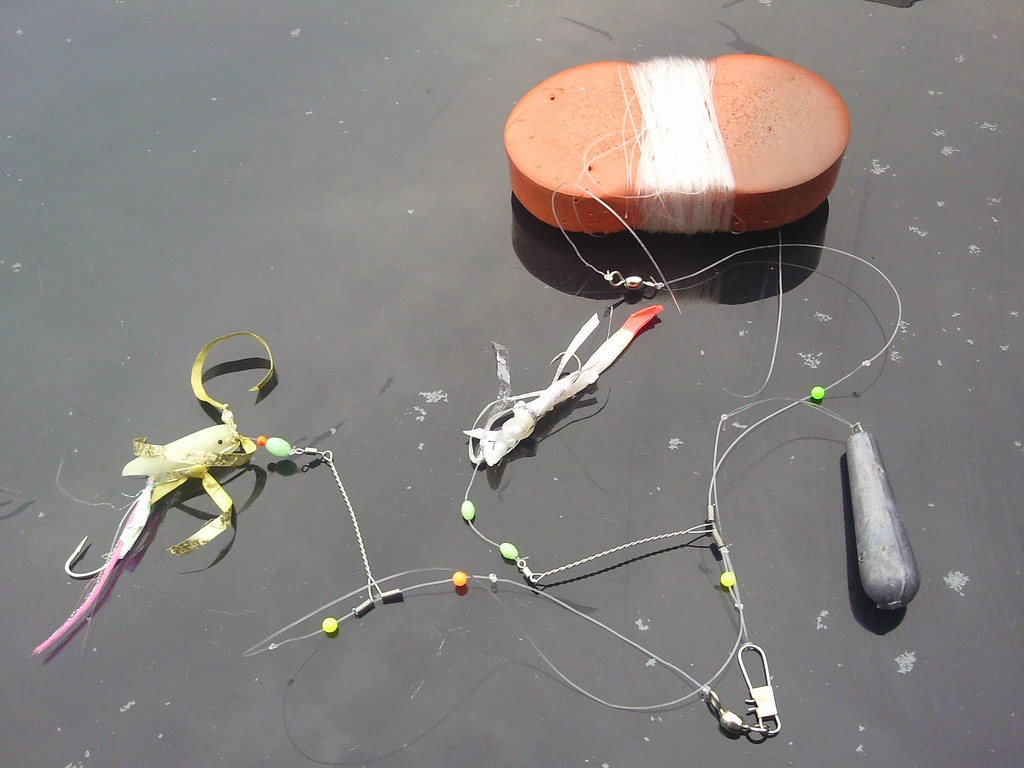
Fishing leaders serve as the critical connection between your main fishing line and your terminal tackle (hooks, lures, or bait). They’re typically made from materials that offer different properties than your main line, such as increased abrasion resistance, reduced visibility, or greater strength. When fishing around structures like rocks, reefs, or docks, leaders protect your main line from fraying or breaking. For predatory fish with sharp teeth like pike or mackerel, a sturdy leader prevents bite-offs that could cost you both your catch and your gear. Additionally, leaders allow you to use a lower-visibility material near your bait, which can be crucial for fooling wary fish in clear water conditions where your main line might be easily spotted.
Essential Materials for DIY Leader Making
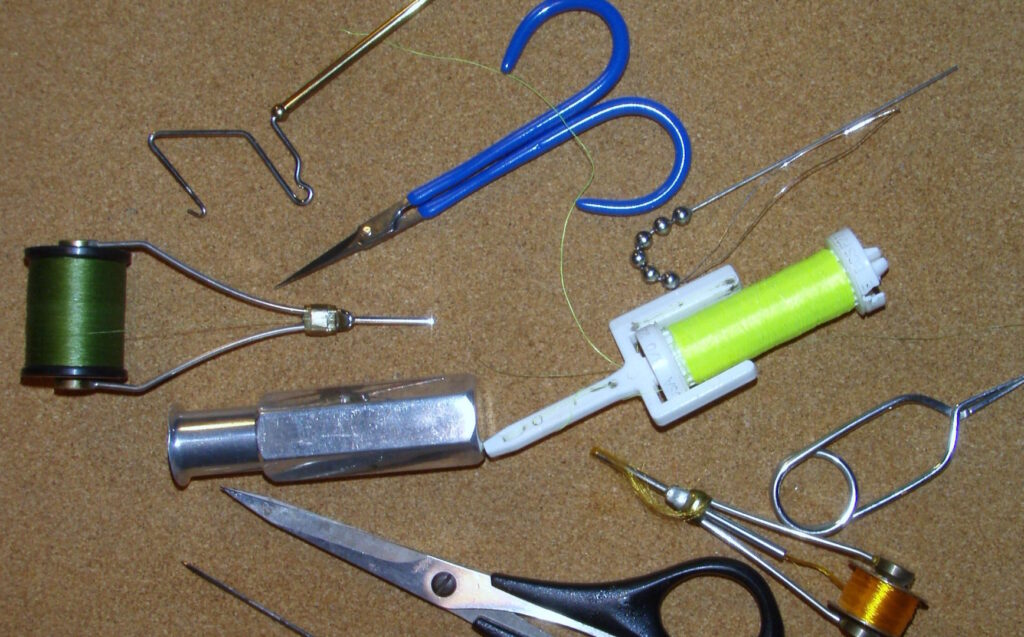
To start making your own leaders, you’ll need surprisingly few materials, many of which can be purchased inexpensively. The primary component is the leader material itself, which comes in several varieties: monofilament, fluorocarbon, and wire, each with different properties and suitable for different fishing situations. You’ll also need appropriate connectors such as swivels, snaps, or duo-locks that match your fishing style and target species. A pair of sharp line cutters or scissors is essential for clean cuts that won’t fray or weaken your connections. For tying knots, consider adding a small pair of forceps or hemostats to your toolkit, as they help grip small components and tighten knots securely. Finally, while not strictly necessary, a small ruler or measuring device helps ensure consistency in your leader lengths.
Choosing the Right Leader Material for Your Needs
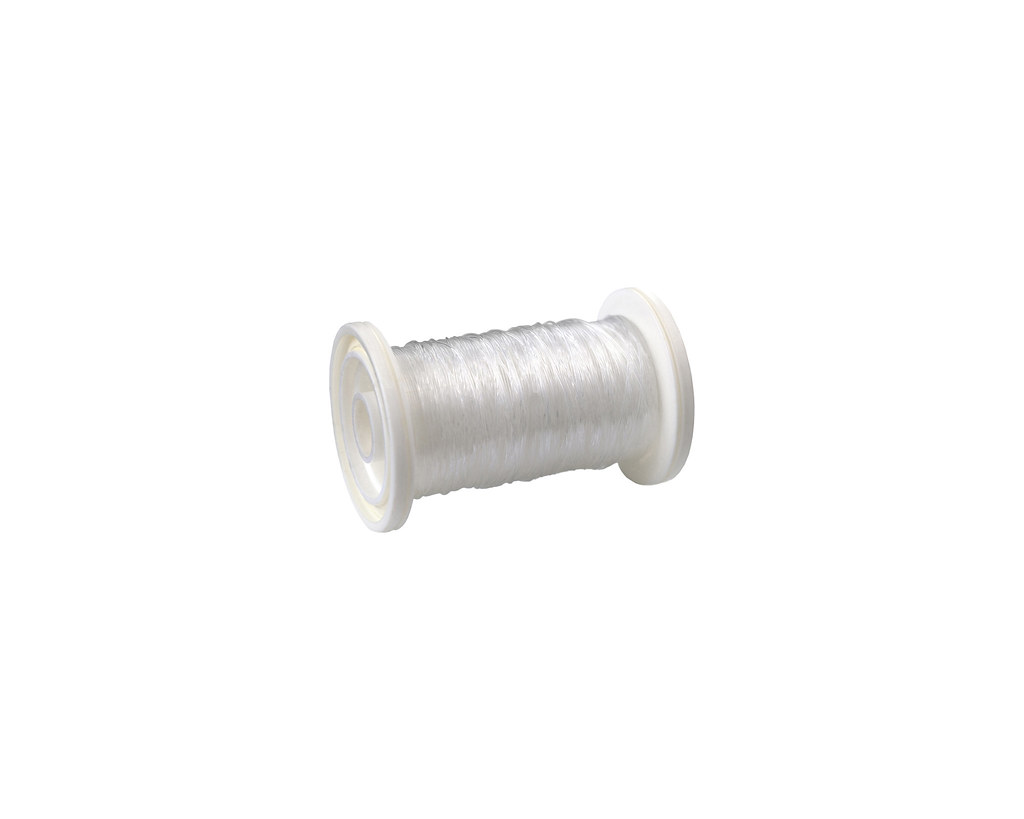
Selecting the appropriate leader material depends largely on your fishing environment and target species. Monofilament is the most affordable option, offering good knot strength and some stretch that can be beneficial when fighting fish. Fluorocarbon, while more expensive, provides superior abrasion resistance and is nearly invisible underwater, making it ideal for clear water or pressured fish scenarios. Wire leaders are necessary when targeting toothy predators like pike, muskie, or certain saltwater species that would easily cut through mono or fluoro. When purchasing leader materials, consider buying in bulk spools rather than pre-made leaders – a 25 or 100-yard spool might cost the same as 5-10 pre-made leaders but will yield dozens of custom leaders. Remember that leader diameter (or test strength) should generally be higher than your main line but not so heavy that it affects lure action or bait presentation.
Cost-Effective Tools for Leader Construction
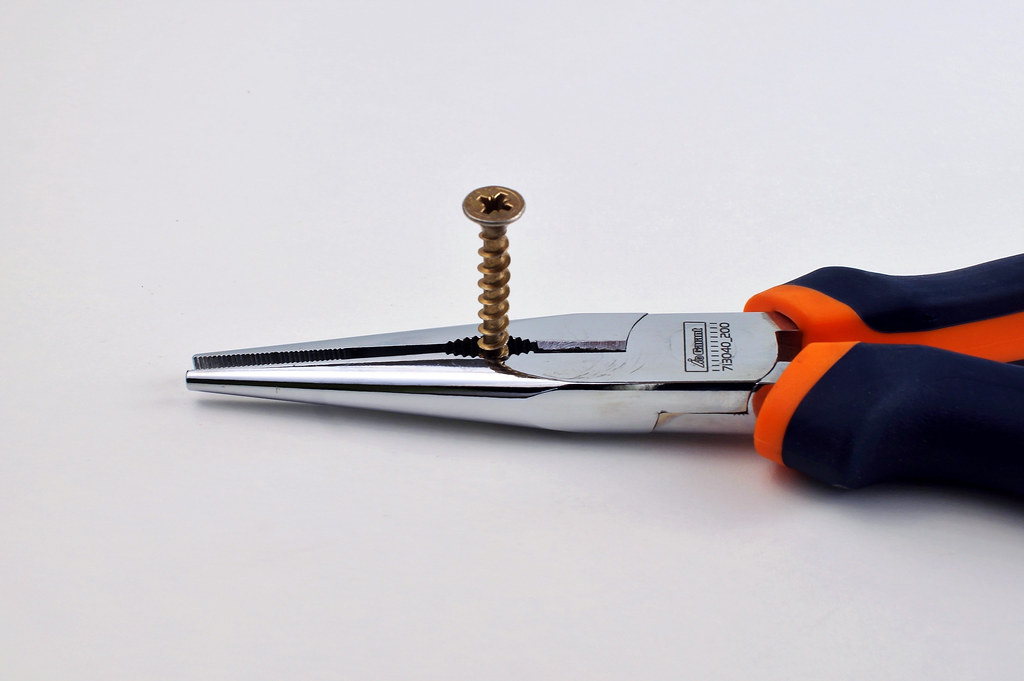
Building a leader-making toolkit doesn’t require expensive specialty equipment. For basic tools, a good pair of line cutters can be found for under $10, and they’ll provide cleaner cuts than household scissors, preventing weak points in your finished leaders. Small spring-loaded hemostats, which help with knot tying and hook removal, can be purchased inexpensively at medical supply stores rather than paying premium prices at fishing shops. A leader wheel, while not essential, organizes different lengths of pre-tied leaders and can be made from a simple foam disc with notches cut around the edge. For those making wire leaders, avoid purchasing specialty crimping tools initially – a pair of needle-nose pliers with a wire cutter can handle most crimping tasks until you decide to invest in specialized equipment. Finally, a small notebook for recording leader specifications will help you replicate successful setups without costly trial and error.
Monofilament Leaders: The Budget-Friendly Workhorse
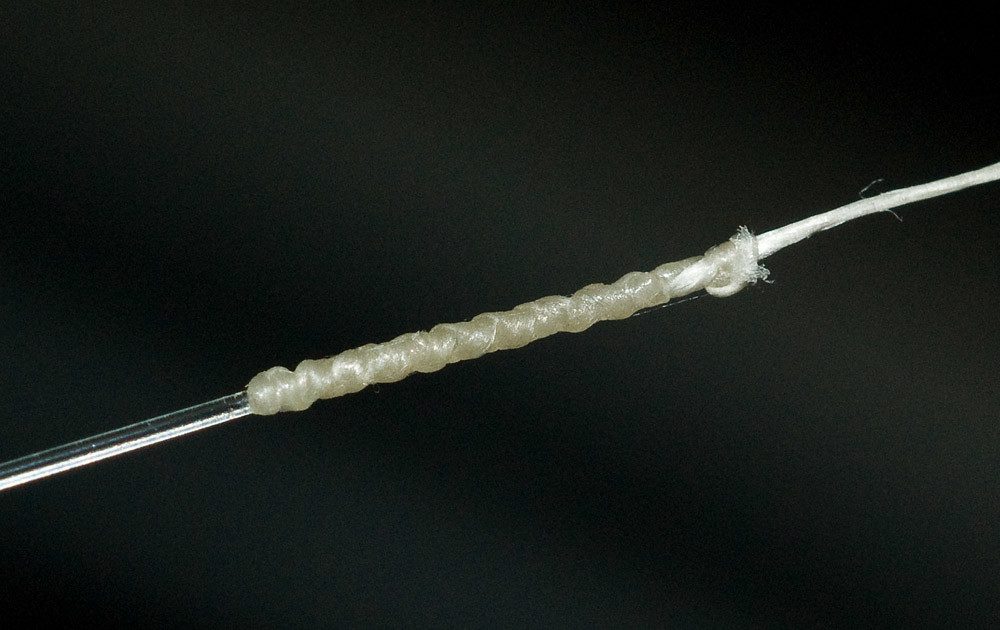
Monofilament leaders represent the most economical option for most freshwater and light saltwater applications. A quality 250-yard spool of monofilament in the 15-20 pound test range typically costs between $5-10 and can produce hundreds of leaders. Monofilament’s inherent stretch provides some shock absorption when fighting fish, potentially reducing hook pulls during sudden lunges. For general fishing applications like bass, trout, or panfish, monofilament leaders in the 8-12 pound range strike an excellent balance between strength and invisibility. When making mono leaders, slightly longer sections are recommended as mono has more memory (tendency to retain coils) than fluorocarbon. To reduce this memory effect without additional purchases, try stretching your monofilament before tying it into leaders, or store completed leaders straight rather than coiled tightly.
Fluorocarbon Leaders: When to Splurge and When to Save
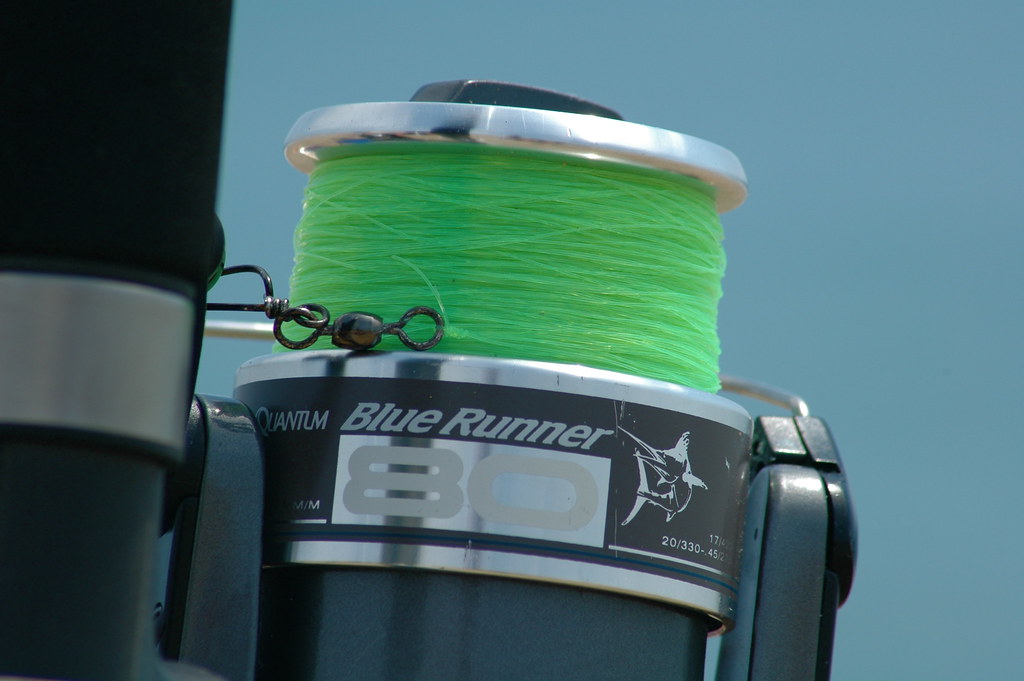
Fluorocarbon leaders offer superior performance in many fishing situations but come with a higher price tag than monofilament. To maximize cost-effectiveness, reserve fluorocarbon for situations where its properties truly matter: ultra-clear water, heavily pressured fish, or scenarios requiring abrasion resistance. Rather than purchasing expensive pre-made fluorocarbon leaders, buy a spool of fluorocarbon specifically designed for leader material (not main line) – while the initial investment is higher, the per-leader cost drops dramatically. Many anglers find they can use lighter pound test fluorocarbon compared to mono due to its abrasion resistance, further increasing the number of leaders per spool. For budget-conscious anglers, consider a hybrid approach: use fluorocarbon only for the final section connecting to your lure while using more affordable mono for the upper portion of the leader, getting the benefits where they matter most while reducing overall costs.
Wire Leaders for Toothy Predators on a Budget
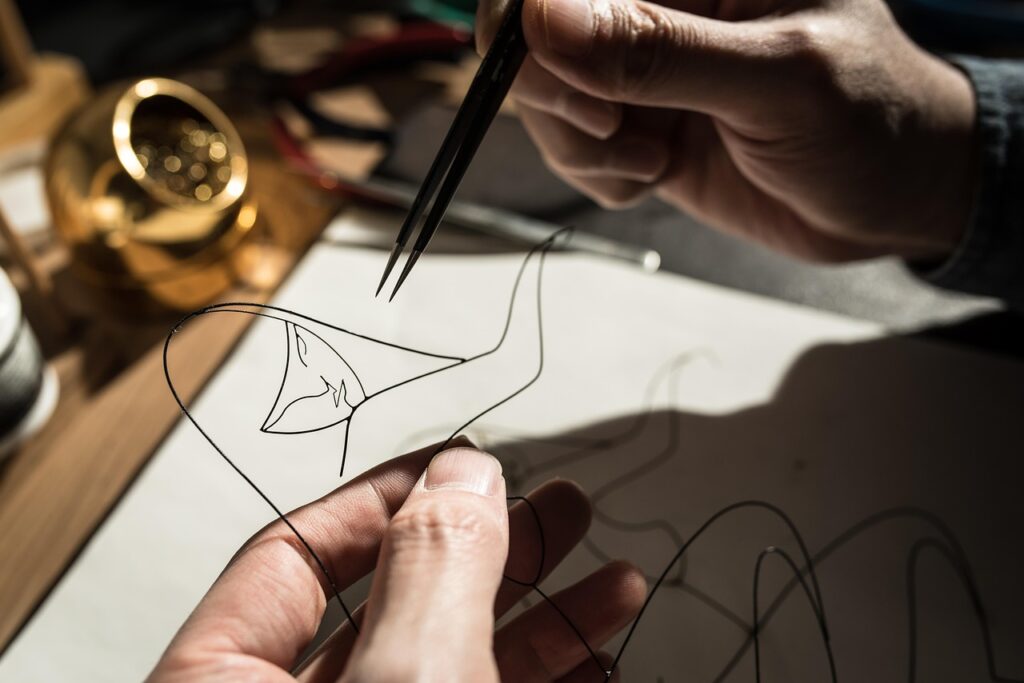
Wire leaders are essential when targeting fish with sharp teeth, but commercial wire leaders can be surprisingly expensive. Creating your own wire leaders is straightforward and can reduce costs by 70-80%. Single-strand wire is the most affordable option, though it requires careful handling to prevent kinks that weaken the material. For a more forgiving alternative, multi-strand wire costs slightly more but resists kinking and remains more flexible. Rather than purchasing specialty crimping pliers immediately, standard needle-nose pliers work adequately for crimping sleeves onto wire leaders, though care must be taken not to over-crimp and weaken the connection. When making wire leaders, the haywire twist technique provides a secure connection without requiring any additional hardware, further reducing costs. For ultimate economy, some anglers repurpose piano wire or stainless steel leader material from hardware stores, though these require more careful preparation to prevent rough edges that could damage your main line.
Essential Knots for Strong, Reliable Leader Connections
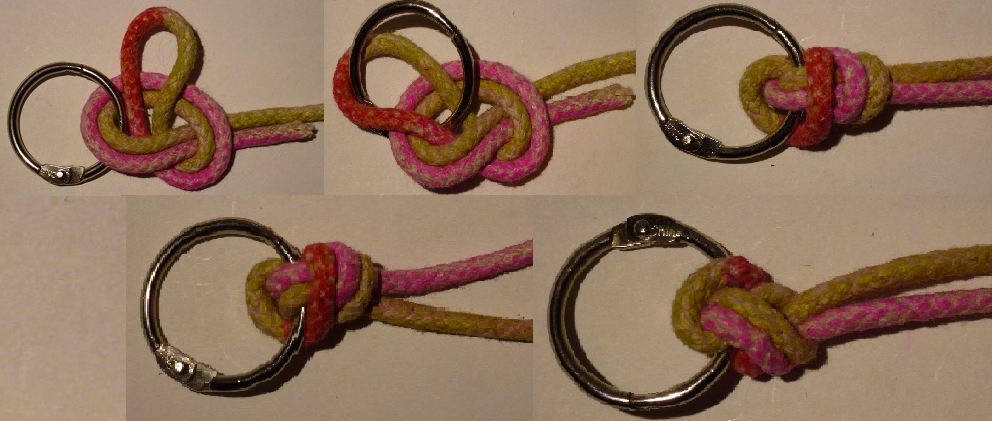
Mastering a few key knots will ensure your homemade leaders perform as well as commercial versions without requiring specialty hardware. The improved clinch knot or Palomar knot works excellently for attaching swivels, snaps, or hooks to monofilament or fluorocarbon leader material. The Alberto knot or FG knot provides strong connections between your main line and leader material, especially when connecting lines of different diameters. For joining sections of similar diameter line, the surgeon’s knot offers simplicity and reliability without requiring special tools. Learning these connections requires only practice with inexpensive materials, not expensive equipment, and will improve all aspects of your fishing rig construction. The most cost-effective approach to knot mastery is practicing at home rather than streamside, where failed knots might mean lost fish and wasted fishing time.
Creating Custom Leader Systems for Different Fishing Scenarios
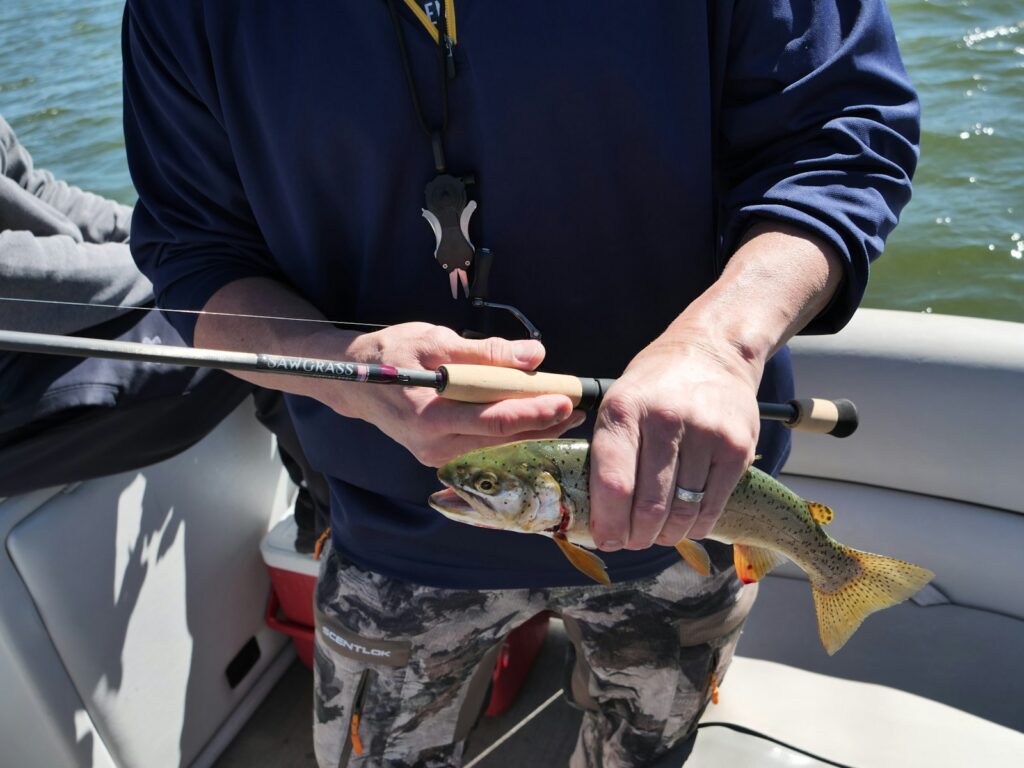
Developing customized leader systems for specific fishing scenarios increases effectiveness while maintaining cost efficiency. For ultralight trout fishing in clear streams, consider crafting a leader with progressively decreasing diameters – starting with 8lb test and tapering down to 4lb or even 2lb at the terminal end – which provides both strength and presentation benefits at a fraction of the cost of commercial tapered leaders. When bottom fishing for species like catfish, custom leaders with sliding sinker arrangements can be made using simple beads and swivels that cost pennies compared to pre-made rigs. For saltwater applications, creating shock leaders that transition from braided main line to heavier mono or fluoro can be customized to exact fishing conditions and personal preferences. The beauty of making your own leaders is the ability to adjust lengths, materials, and components based on your experiences, gradually refining your setups without repeatedly purchasing expensive pre-made alternatives.
Maximizing Materials with Proper Storage Solutions

Proper storage of leader materials and finished leaders extends their lifespan, maximizing your investment. UV exposure degrades both monofilament and fluorocarbon over time, so storing spools and completed leaders away from direct sunlight preserves their strength. A simple leader wallet can be crafted from an old CD case lined with foam or from an inexpensive photo album with plastic sleeves. For wire leaders, preventing kinks during storage is crucial – straightening wire leaders after use and storing them flat rather than coiled extends their usable life significantly. Labeling your homemade leaders with length, material, and test strength saves time on the water and prevents wasting leaders by using inappropriate ones for specific conditions. Finally, storing leader material in its original packaging or in ziplock bags prevents environmental contaminants like sunscreen, insect repellent, or gasoline from weakening the material over time.
Bulk Buying Strategies for Maximum Savings
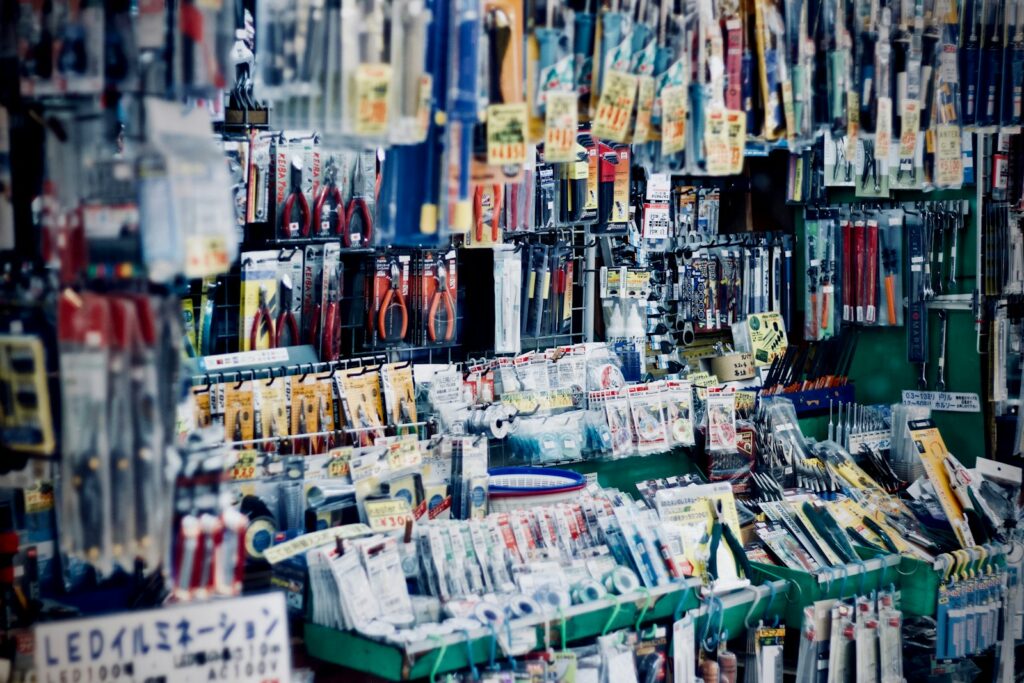
Strategic bulk purchasing dramatically reduces the cost per leader while ensuring you always have appropriate materials on hand. When ordering online, combine orders with fishing friends to meet free shipping thresholds and share larger spools of specialty materials like fluorocarbon. Rather than purchasing expensive brand-name leader materials exclusively, consider trying house-brand or generic alternatives for less critical applications, saving premium materials for situations where their properties truly matter. End-of-season sales present excellent opportunities to stock up on leader materials at significant discounts, particularly for seasonal fishing styles. For hardware components like swivels and snaps, purchasing in quantities of 50 or 100 often reduces the per-unit cost by 50% or more compared to small packages. Before making bulk purchases, however, test small quantities of unfamiliar brands to ensure they meet your quality standards – saving money on substandard materials ultimately costs more in lost fish and fishing enjoyment.
Recycling and Repurposing for Ultra-Budget Leaders
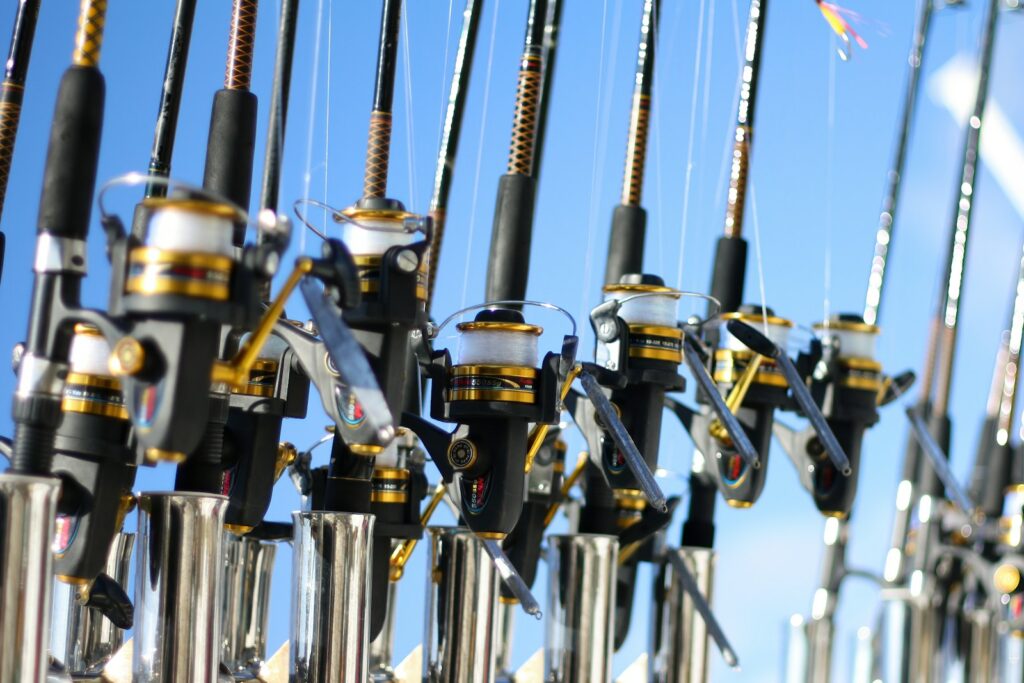
For the truly budget-conscious angler, numerous opportunities exist to recycle and repurpose materials for leader construction. Main line that’s been removed from reels due to partial use or minor memory issues often remains perfectly suitable for leader material, particularly in shorter lengths. Spinning or baitcasting line that’s too worn for primary use can be repurposed for certain leader applications where abrasion isn’t a major concern. When changing out treble hooks on lures, the removed hooks can be repurposed as components in bottom rigs or dropper systems rather than discarded. Damaged wire leaders can often be cut down and reconstructed into shorter leaders for different applications, extending their useful life. Even broken fishing rods provide materials for leader organization – rod guides can be attached to workshop walls to hold spools of leader material for easy access, while broken rod sections can be converted into simple winding tools for creating coiled leaders.
Field Testing and Refinement Without Breaking the Bank

Developing effective, personalized leader systems requires testing and refinement, which can be done economically with some strategic approaches. Keep a small notebook recording leader configurations, fishing conditions, and results to identify patterns without expensive trial and error. When testing new leader materials or configurations, commit only to small quantities initially until proving their effectiveness. Consider creating A/B test scenarios where you fish similar setups with different leader configurations simultaneously, providing direct comparison without environmental variables affecting results. Testing leaders in non-fishing scenarios can provide valuable insights – checking visibility in a clear container of water or testing break strength at home prevents wasting valuable fishing time and lost fish. Finally, joining online fishing communities focused on your target species allows you to learn from others’ experiences with different leader configurations, potentially saving considerable time and materials in your own development process.
Expanding Your DIY Leader Skills: Advanced Techniques on a Budget
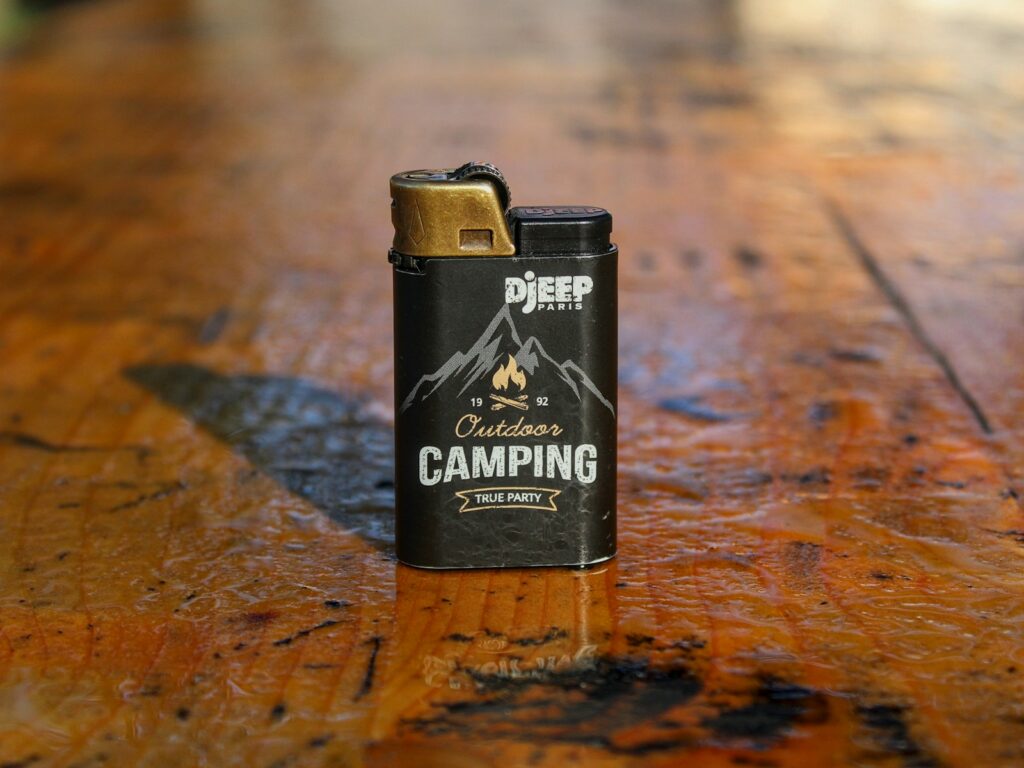
As your leader-making skills develop, several advanced techniques can be incorporated without significant additional investment. Learning to create knotless loop connections using a simple flame (from a lighter or match) to melt monofilament ends creates professional-quality leaders without specialty tools. For saltwater applications, making wind-on leaders that seamlessly transition from braided main line to heavier leader material can be accomplished with basic hand-wrapping techniques rather than expensive winding devices. Crafting multi-drop leaders for presenting multiple baits requires only basic knot skills and provides versatility for species like panfish or mackerel. Creating adjustable-depth leaders using sliding components gives tremendous versatility while fishing varying depths, and can be constructed from inexpensive bulk components. These advanced techniques, while requiring some practice, add significant capability to your fishing approach without requiring additional purchases beyond basic leader materials.
Common Mistakes to Avoid When Making Budget Leaders
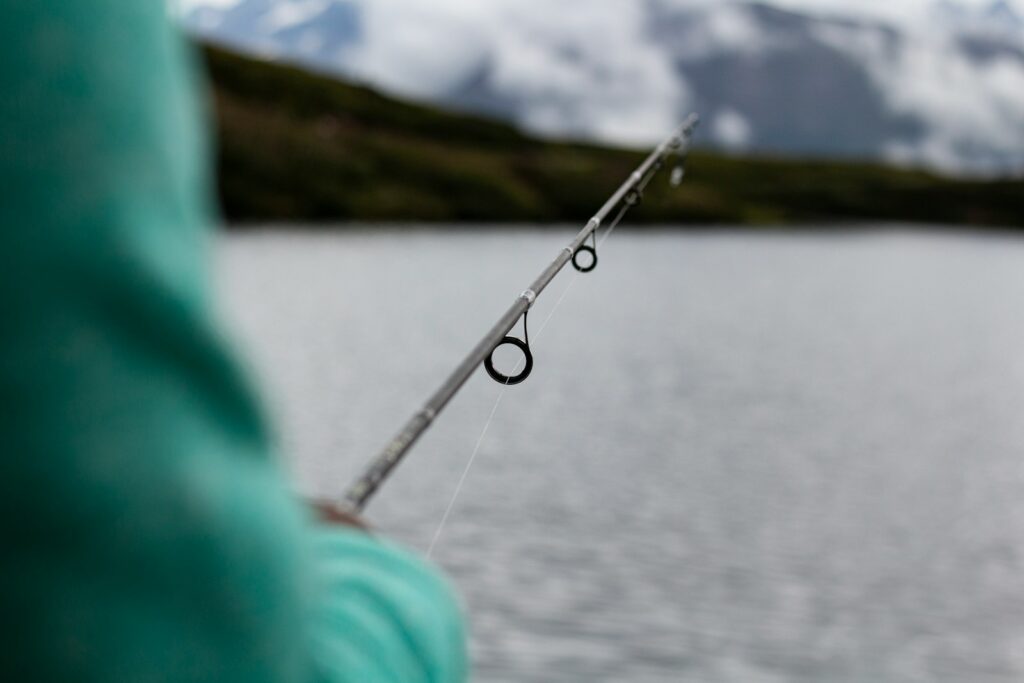
Several common mistakes can undermine the performance of homemade leaders, negating potential cost savings through lost fish or gear. The most frequent error is over-economizing on critical components like swivels or snaps – saving pennies on these connection points often results in lost fish worth far more than the minimal savings. Similarly, using inadequate leader material for specific fishing scenarios (like standard mono for toothy species) creates false economy through lost terminal tackle. Failing to check leaders for damage, particularly at knot points or after contact with structure, leads to preventable breaks and lost opportunities. Many beginners make excessively complex leaders with unnecessary components that create additional failure points without providing functional benefits. Finally, storing leaders improperly – exposed to sunlight, heat, or chemicals – degrades materials prematurely, wasting both materials and the time invested in creating them.
Making your own fishing leaders represents one of the most accessible and economically beneficial skills in an angler’s toolkit. Beyond the obvious cost savings, which can be substantial over a fishing season, DIY leaders provide customization options that commercial products simply can’t match. As you gain experience, you’ll develop signature leader configurations tailored to your specific fishing environments and target species. The process also creates a deeper understanding of how different components interact, improving your overall fishing knowledge. Whether you’re crafting simple monofilament leaders for trout streams or complex shock leaders for surf casting, the fundamental techniques remain accessible to anglers of all experience levels. By combining quality materials with proper construction techniques and thoughtful storage, your homemade leaders will perform as well as their commercial counterparts at a fraction of the cost, leaving more resources for other fishing adventures.
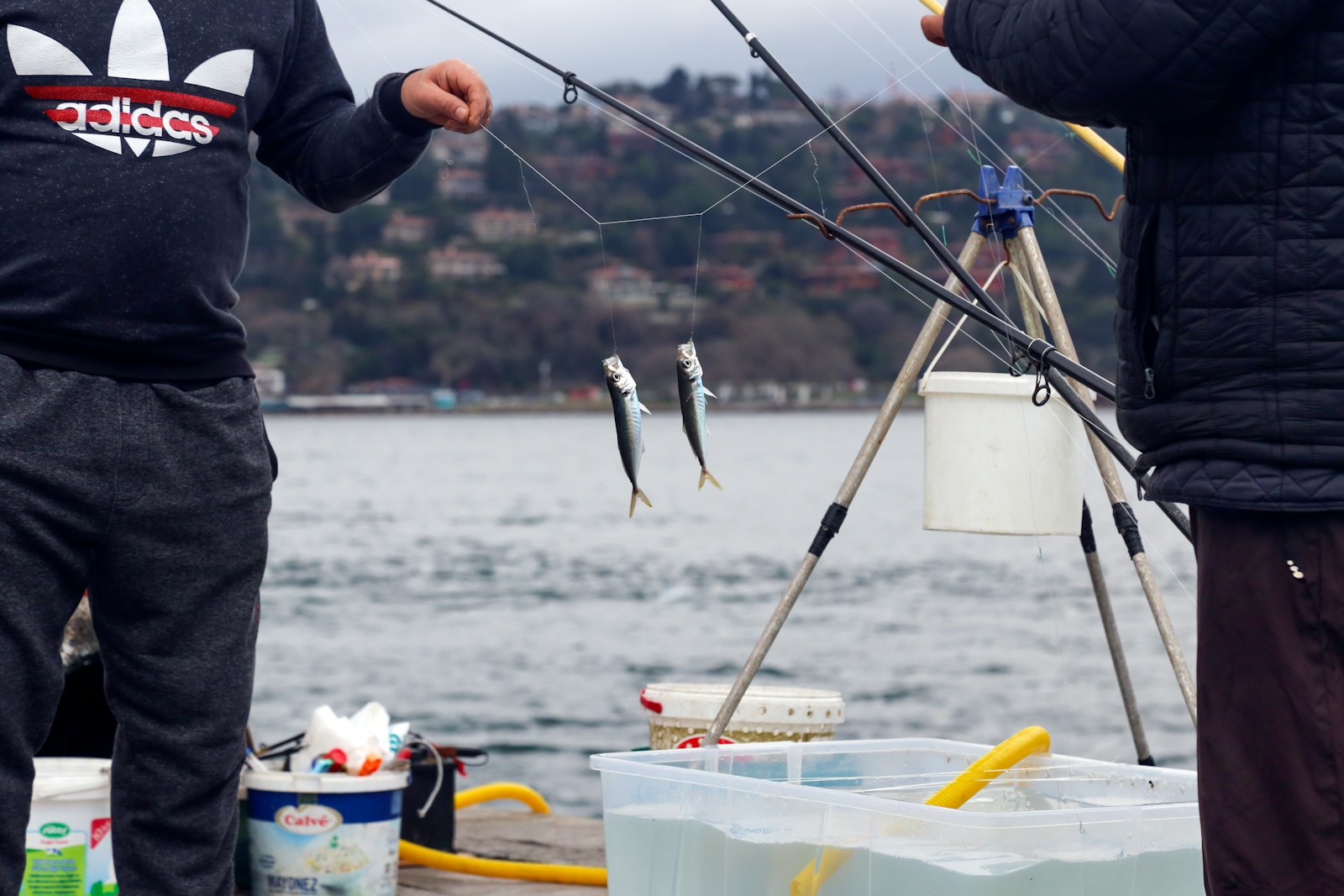


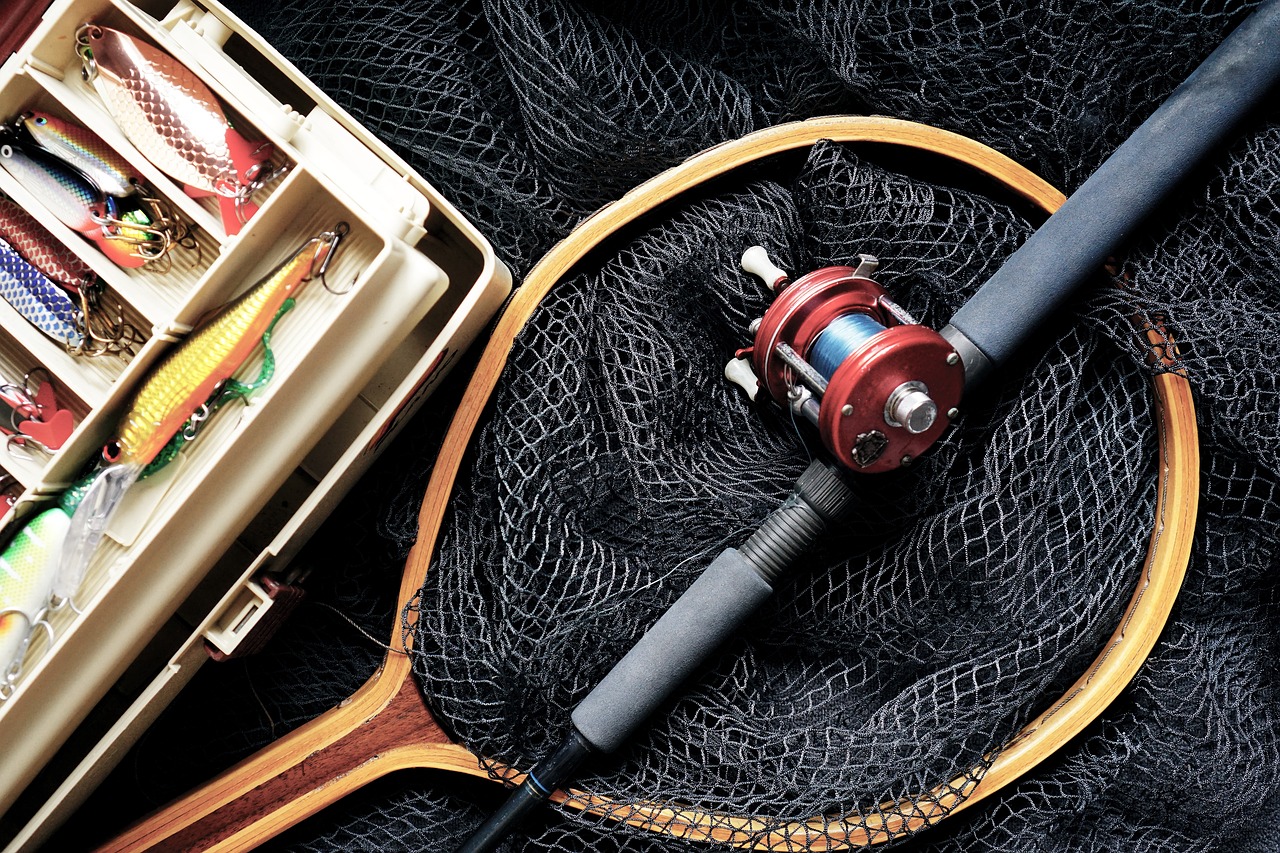
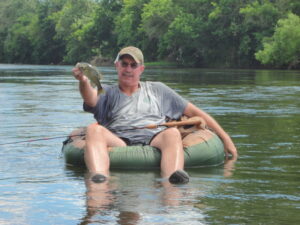









Post Comment